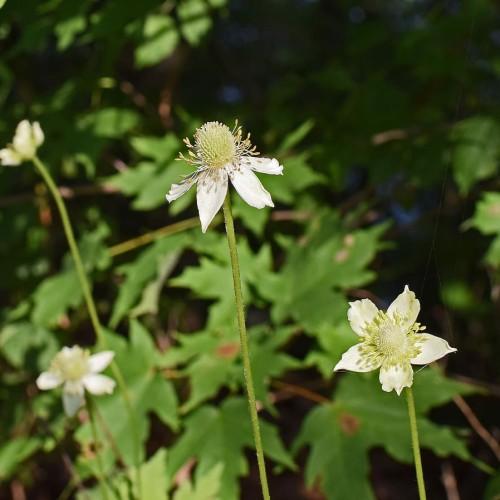
Virginia Anemone
Anemone virginiana var. cylindroidea
Also Known As - Tall ThimbleweedWatering:
Average
Hardiness Zone:
Sun:
full sun,part shade
Leaf:
Yes
Growth Rate:
Low
Drought Tolerant:
Yes
Invasive:
Yes
watering
Watering for a Yellow Woodland Anemone (Anemone ranunculoides) is best done by soaking the soil to a depth of at least 4 inches once per week. The soil should be allowed to dry between waterings and it may require more frequent waterings during hot and dry periods. Be careful not to over water as this can cause the roots to rot. Adding a 2-3 inch layer of mulch in the summer months can help the soil retain moisture which will reduce the amount of water needed.
sunlight
The Yellow Woodland Anemone (Anemone ranunculoides) needs between 6 and 8 hours of sunlight each day to thrive and flower properly. This species of plant prefers partial shade and will do best in partial shade all day rather than full sun all day, as full sun can lead to leaf burn. Additionally, it is best to provide the plant with indirect sunlight throughout the growing season as direct, intense sunlight can lead to heat stress. During the hottest months of the summer, it is best to provide the Yellow Woodland Anemone with some shade.
pruning
Yellow Woodland Anemone should be pruned in late spring or early summer, usually after flowering has ended. Pruning should be done carefully, removing dead, diseased, or broken stems. Any stems or foliage that are overcrowding the plant should also be removed. Pruning should be done in moderation, as the plant's flowers should be left intact. It is recommended to take no more than 1/4 of the stems per season.
